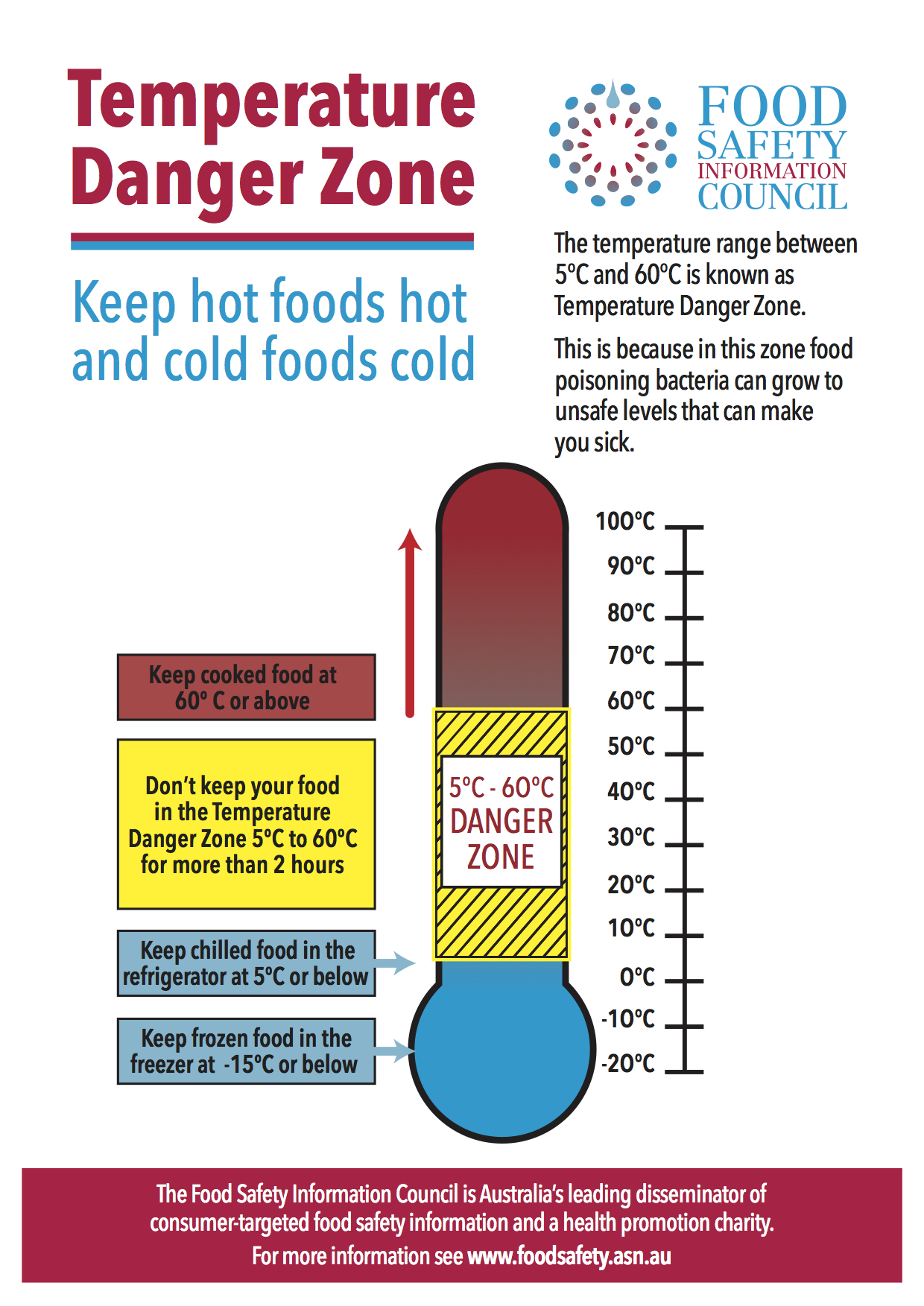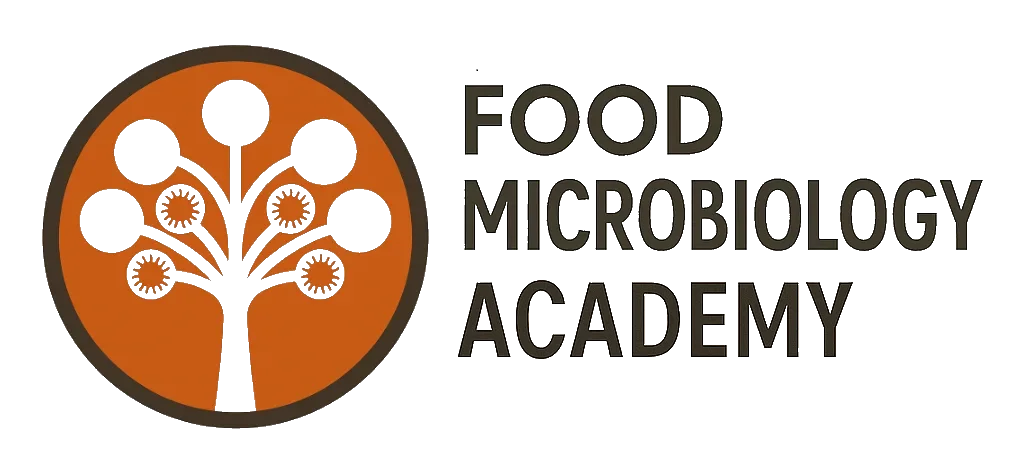When dining out, we would expect the restaurant or cafe to strictly follow food safety protocols in their kitchen, as we don’t want to risk contracting a foodborne disease. Therefore, why wouldn’t we do the same in our own home? People feel most relaxed in their own home, and it’s not uncommon for food safety standards to slip – it’s easy to fall into a false sense of security at home, with regard to food safety. It is acknowledged in the scientific literature that incidents of foodborne disease are more likely to originate in the home, than anywhere else. Therefore, it is vital to keep in mind that the same general ‘rules’ still apply, whether in the food manufacturing factory, in a restaurant or at home – everyone has a responsibility food safety, and it is important to remain ever vigilant to safeguard our health, and the health of our loved ones. This is especially so because unlike a food manufacturing facility or a commercial kitchen, Azevedo (2014) notes that the home is a space serving many purposes. Therefore, food preparation, consumption and indeed storage may take place in various parts of the domestic environment. Let’s take a look at what we can do and how we can play our part to reducing the incidence of foodborne disease.
Control of the temperature of food is easy to do at home due to the presence of domestic refrigerators. However, it is one of the aspects that is easy to overlook too, or be careless about. There are some general requirements that needs to be remembered, and the more you do them, the easier they become to remember.
The temperature danger zone (Figure 1) is an absolutely essential aspect in food safety, especially so when precise temperature control in the home is generally not attempted. Cold foods must be kept cold, below 5 °C, which is why we place them under refrigeration while hot foods must be kept hot, above 60 °C. At these temperatures, you are essentially ‘buying time’, which means an extension of the time you can hold or keep your your food. Therefore essentially, you’re putting a pause on the ‘food safety clock’. However, between 5 °C and 60 °C is the temperature danger zone for the growth of foodborne pathogenic bacteria, and is essentially when the clock starts ticking. While the temperature danger zone covers a wide spectrum of temperatures, there are temperatures where it is most critical. Between about 25 °C and 40 °C would be the most critical period of the temperature danger zone. It is in this temperature period where the bacteria we are most familiar with at causing foodborne disease, will grow and proliferate the fastest. Here we’re talking about bacteria like Salmonella and E. coli for example, and between these temperatures, bacteria can double in number in as little as 20 minutes. Another important point to remember is that few aspects are absolute. Listeria monocytogenes, for example, is called psychrotrophic, which means it is capable of growing at refrigeration temperatures, even though it prefers to grow at temperatures that are much higher. This means that even refrigeration will not stop the growth of the important foodborne pathogenic bacterium.

The ‘2 hour 4 hour’ rule ( is a critical element in food safety temperature control. It provides option for what we can actually do to food held within the temperature danger zone for those periods of time. In brief, the longer the food is held within the temperature danger zone, the fewer options you have. Within the first two hours after food has been cooked, you can either I) serve for immediate consumption or II) chill to refrigeration temperature, meaning a temperature out of the temperature danger zone. After food has been held in the temperature danger zone for anywhere between two and four, it must be served, and consumed, immediately. However, once the food reaches the point at which it has been held within the temperature danger zone for a period of four hours, it must be discarded – no further consumption can be safely allowed. This rule is based on how fast foodborne pathogenic bacteria may grow at these temperatures and therefore when the food would become a health hazard.

Thawing of food needs to follow both the above with regard to temperature danger zone and the 2 hour 4 hour rule. When handling food, you need to minimise, or preferably eliminate, the amount of time it spends in the temperature danger zone. When thawing food, it is possible to keep food out of the temperature danger zone completely (Figure 3) – it just takes time, and some planning. Therefore, the ideal way to thaw frozen food for cooking is under refrigeration. At this temperature, it will thaw effectively (but will take very long, possibly up to 24 hours) with the temperature of the food product not entering the temperature danger zone. This will give you peace of mind. Other options for thawing food, which can be followed with care, are using the microwave or placing the food in a sealed bag, which is placed in cold water. Both these bring the food into the temperature danger zone prior to cooking, meaning care must be taken to minimise the time the food spends at this temperature, by, for example, cooking it immediately. Under no circumstances is frozen food to be thawed on the kitchen bench, at room temperature, unattended.
Reference
Azevedo, I., Albano, H., Silva, J., & Teixeira, P. (2014). Food safety in the domestic environment. Food Control, 37, 272-276.



